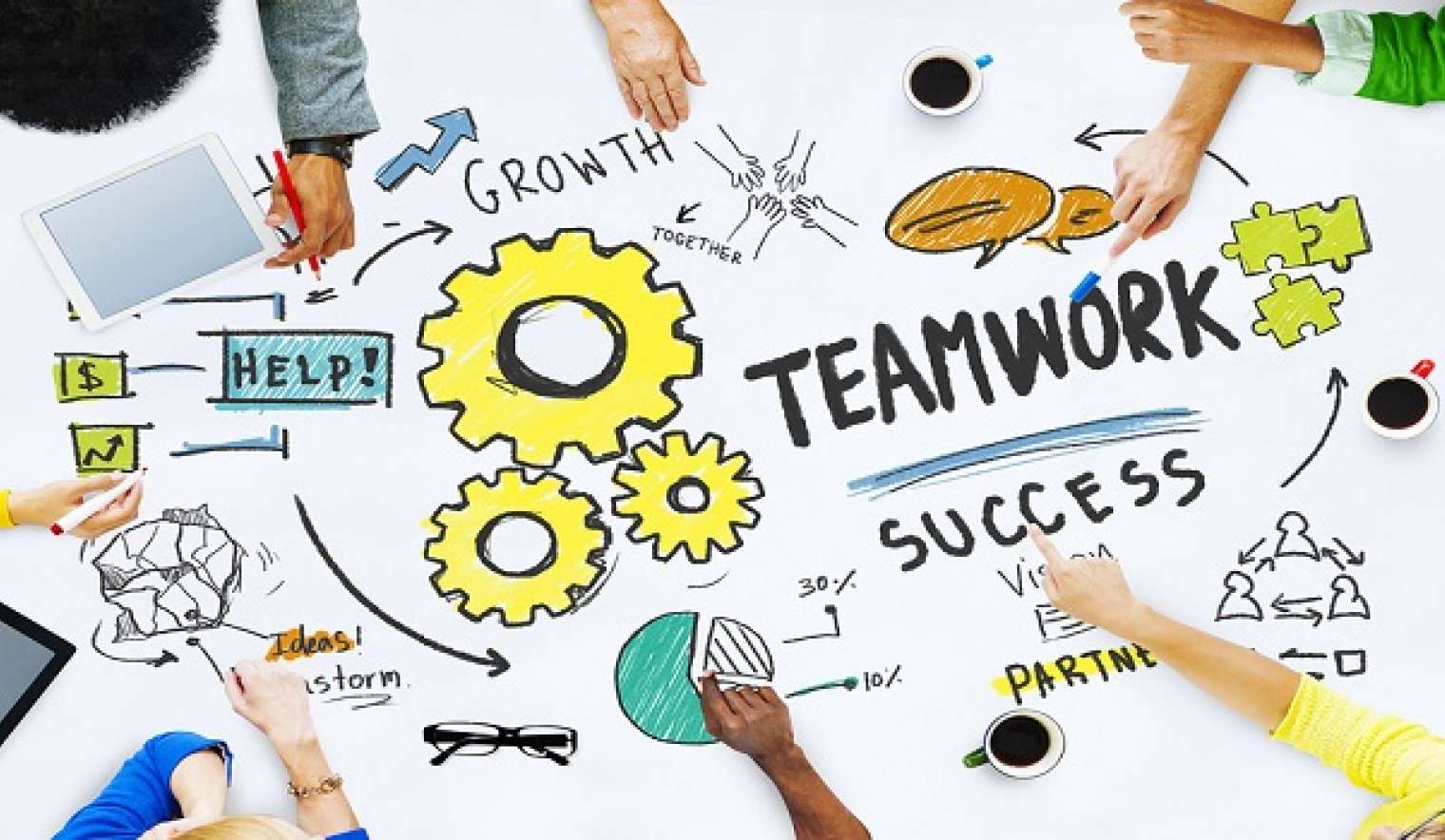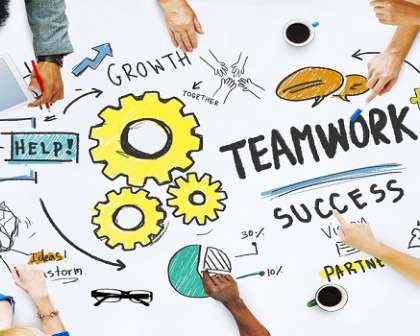
6 Ways to Improve Teamwork with your Employees
"If you want to go fast, go alone. If you want to go far, go together." This African proverb neatly explains why you should get your employees to work as a team: individuals can go fast, but a team can go far.
How do you do it? People who have been there, done that, and wrote a book about it said you need to have a variety of things in place to make it happen.
One of those people is Dr. Gregory E. Huszczo, a professor in Eastern Michigan University’s master’s degree program in human resources and organizational development and consultant for numerous big-name companies like Ford Motor Company.
Huszczo’s book Tools for Team Excellence identifies the following seven components necessary for successful teams:
A clear sense of direction. Employees need to know why the business exists, where it’s headed, and the part they play in it. A few tools commonly used to communicate those things are a mission statement, a vision statement, and goals.
A mission statement says what a business does and why it exists. Isn’t the mission of a business to make as much money as possible? In the article The Key to Better Business Culture: Establishing a Company Mission, psychotherapist Jasmin Terrany says, "Employees these days are not as motivated by simply a paycheck. If you want employees who are going to go to battle with and for you, they need to feel connected to a deeper purpose or mission.”
A vision statement indicates where the organization wants to be in the future. Bill Gates’ vision for Microsoft 30 years ago was to have a computer on every desk and in every home. His vision and talent helped make it happen.
Specific, measurable, attainable, relevant, and timely (SMART) goals need to be set for every department and employee to make the vision a reality.
Clear roles and responsibilities. Employees need to understand what they are supposed to do and how they are supposed to do it. Job descriptions, employee handbooks, and standard operating procedures (SOPs) help with that. Organizational charts also help employees understand what everyone does and how it all fits together.
Constructive interpersonal relationships. Relationships are created through communication. Unfortunately, the way we communicate sometimes causes problems for others and prevents us from working effectively with them. Teambuilding training can help with that.
“In team building training, we learned how our personality styles impact how we communicate, how we tend to annoy our co-workers, and what we can do to communicate more effectively with each other,” said Asta Fowler, Operations Manager of Empire Eye and Laser Center in Bakersfield.
“Teambuilding training was beneficial for our group because it helped us understand how we can work better together to achieve our company’s goals,” Fowler said.
Reasonable and efficient operating procedures. Systems must be in place for how the work gets done and should be regularly reviewed to ensure they are as efficient as possible.
Constructive external relationships. Employees need to be able to work well with people outside their department and organization. Regular meetings to discuss how to work more effectively with each other often improve these relationships.
Effective reinforcement systems. Holding employees accountable and rewarding positive outcomes encourages people to perform. Additionally, employees must value the rewards they are given for them to be effective.
Talented members. Huszczo said, “For a team to be effective, the necessary talent must be there, and it has to be utilized and continually developed and improved.” Additionally, you must have talented leadership. Most teams are not self-directed and cannot function without a good leader.
How do you get employees to work together as a team? Lee Iacocca summed it up nicely: “Start with good people, lay out the rules, communicate with your employees, motivate them and reward them. If you do all those things effectively, you can't miss.”







